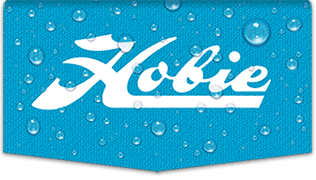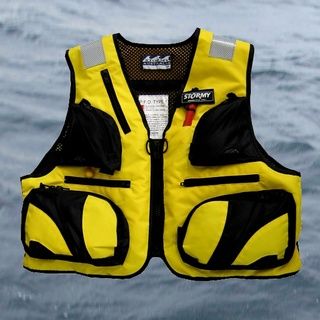|
The flares and flare gun projectiles (vary pistol) need to be current (not expired, they have a date on them).
If you are more than a mile or two from shore you can expect the CG to swing by and make sure you have the correct stuff, if not, they will direct you back to shore (safety first, that's their job). Fyi never get caught with spear guns on board in the protected areas. And of course have the right fishing licenses,(and know your fish types and restrictions).
I always carry at least one extra PFD strapped on the rear deck. Most of the time when we have more than 3 people along, I have a bag of 4 standard pfd's that I strap to one of the AMA's just in case, (lol yea we have had 6 on board, (adults and kids), not fun). Obviously when overloaded we stay close to shore only go out in very calm conditions (mostly snorkeling).
We have the registration numbers on the front of the boat, I have never seen a boat with the numbers on the inside.
We always have a working FM radio. ( and my Iphone in a waterproof case)
We have a very good anchor (Guardian G4) and 150 ft of anchor line, (kinda important as divers).
We don't have a fire extinguisher, but probably should.
We have two hand operated bilge pumps (in case one fails).
We have an inflatable 4 person boat (650 lb capacity), with a foot operated pump that we fold up and store in the bow. Whenever we go offshore, we always pack the lifeboat, (just in case). We are divers and usually have way too many people and way too much gear, (scuba gear, tanks, masks fins, coolers, etc). We often tow the dingy behind the TI on a long line directly behind the centerline of the stern, (doesn't effect steering), actually it's hard to know it's even back there when underway. You don't want to overload the TI, 600 lbs capacity means 600lbs in our experience.
When we have extra kayaks, we typically just have them hang onto the dingy, or tie a line to their bow and the stern of the dingy. We found out the hard way that you can't haul gear on towed kayaks (they flip over in the ocean).
We always carry waterproof charts of the area we plan to be, and at least two working mechanical compasses. Electronics do fail, you never want to get caught out offshore at night or in fog and rain without a compass (you lose all sense of direction).
Our TI has two complete sets of nav lights (red/green/white), just in case one fails. We also carry at least two working waterproof flashlights as well, you can't see anything at night, without a flashlight you will hit channel marker posts, bouys without a flashlight,(very embarrassing). We are day sailers and never plan to be out after dark, however, you never know if the wind is going to die, or changing conditions, we have come back in after dark several times (never planned). We always mark our launch as a way point on our gps, several times now we could't find our launch (all the resorts look the same from offshore especially in key largo.
I will never go out offshore again without an emergency outboard and a couple hundred miles of fuel on board, even if I don't use it,(strictly our preference).
Our TI is heavily modified for offshore, I strongly recommend not taking a stock TI far offshore in open ocean, the boat has a CE 'D' rating (look it up), I feel that rating should be heeded unless you are very experienced, and know what to do to prepare your boat for offshore (double/triple reduncy on everything), It's darn dangerous out there, just sayin.
We always tell someone responsible our planned route and when we expect to return, (just a good practice).
I'm not trying to be debbie downer here, but we have been in some pretty hairy situations, It's pretty wise to know your boats real capabilities (not imagined), for example if you are a mile or two offshore fighting against the wind and current the stock TI cannot point high enough or sail fast enough to get back in (this happened to us many times, 8 hrs of exhausting sheer horror). Sure the mirage drives are great, but all of us get exhausted eventually.
All just my opinions, we love our TI's (we are on our 3rd TI now) and wouldn't trade it for anything
FE
|







